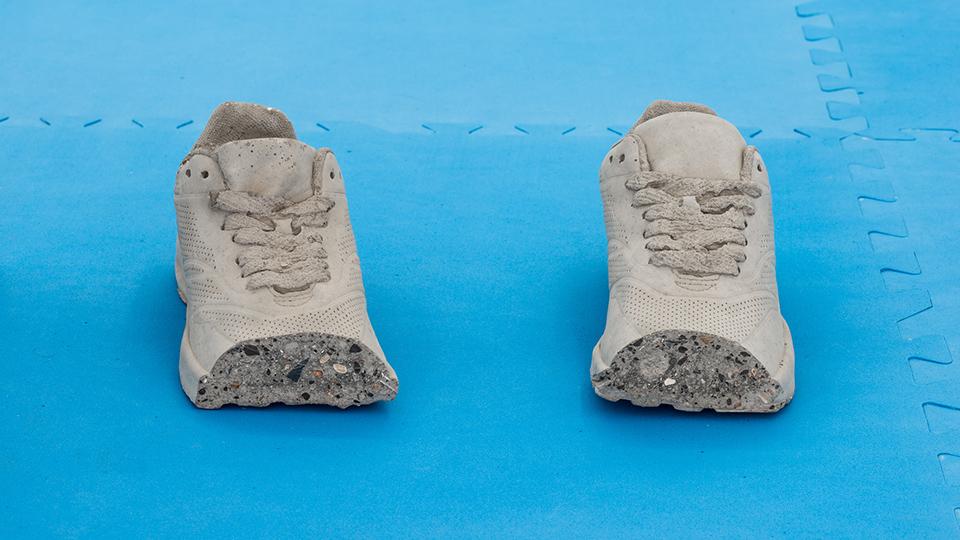Rowena Harris
Primary page content
Rowena Harris' MPhil/PhD Art research project
The new digital/material in sculpture: defining a new relationship between the body, materiality and technology through practice
There are claims that we are in the technologically pervasive era: digital networks exist everywhere; everyday objects communicate information with embedded microprocessors; and a new generation of technology pervades upon and interprets our bodies, such as wearables and software that perceive one’s heart rate via minute changes in facial skin. Technology has become an additional sensory appendage and formed a new seamlessness with the body. The result is an essential change in our perceptual faculties: a proprioceptive* merger between digital and material at the site of the body. It is here - at the nexus of this cultural shift; at this point of a new ‘digital/material’ - that I locate the starting point for this research project. At stake is how we define and understand our changing reality.

My investigations begin by working through my own proposition which functions as a hypothesis for interrogation through theoretical and material exploration.
We have swallowed technology. Technology is a part of us. We are not losing our bodies and the material world as we interact with our surroundings through digitality; rather, this interaction is changing the very nature of how we perceive our bodies and material reality. We have become - we are - technologically mediated.
This practice-led research aims to elaborate a new paradigm in contemporary sculpture: one that, embracing the changes to our perception of material reality associated with recent technological advances, offers a new framework for considering our human/technology relation. I will examine digitality not as a loss of materiality, but as a potential change in its state - realigning materiality, technology and the body in the same fabric of investigation.
How can sculptural practice uncover changes to proprioceptive awareness as wrought by new pervasive technology? How can artists play a part in restructuring our existing relationship with technology, and draw attention to changes in our perception of material reality that result from our engagement with technology? Within the framework of sculpture, how does direct material engagement – and, through this, the formation and communication of tacit knowledge – help us to examine and reveal these changes to our perception of material reality?
* of, relating to, or being stimuli arising within the organism, and relative sense of body parts.
Supervisors
Primary - Laura White
Secondary - Dr Nina Wakeford